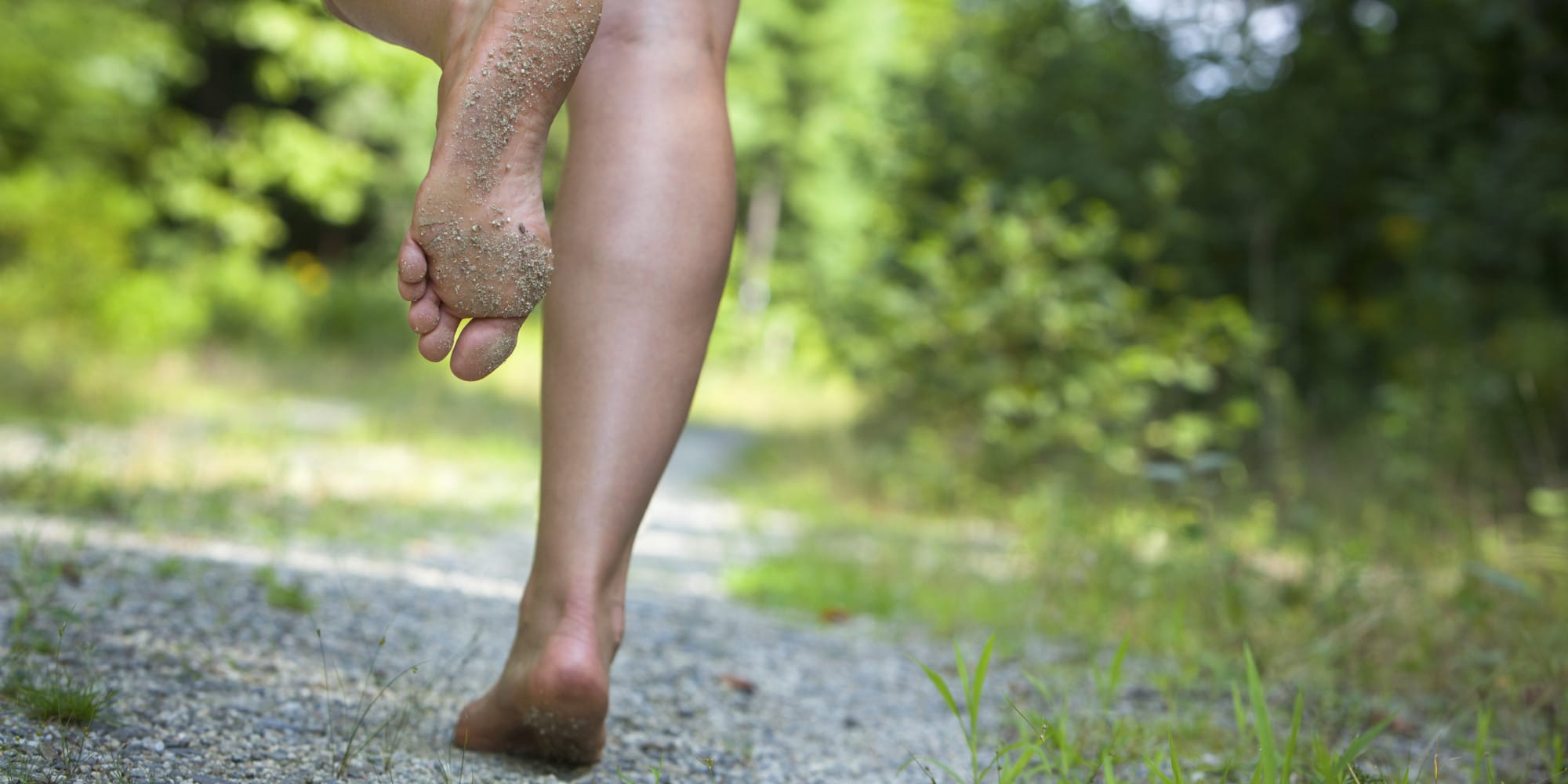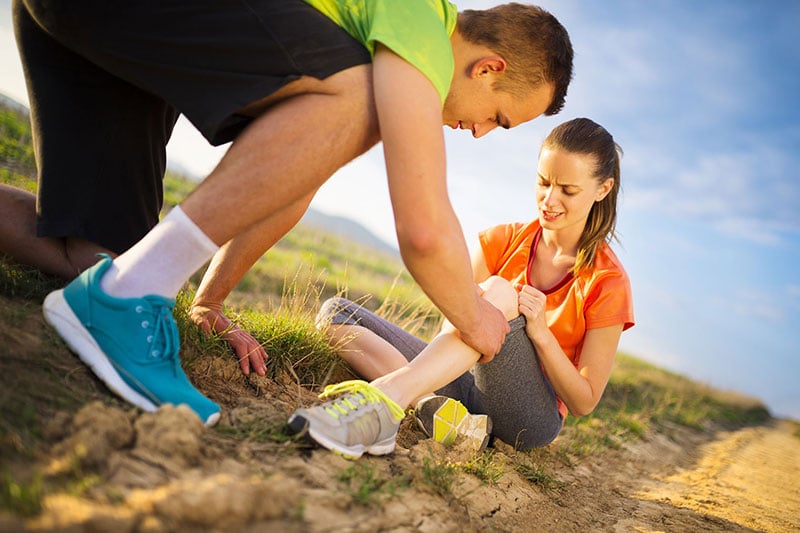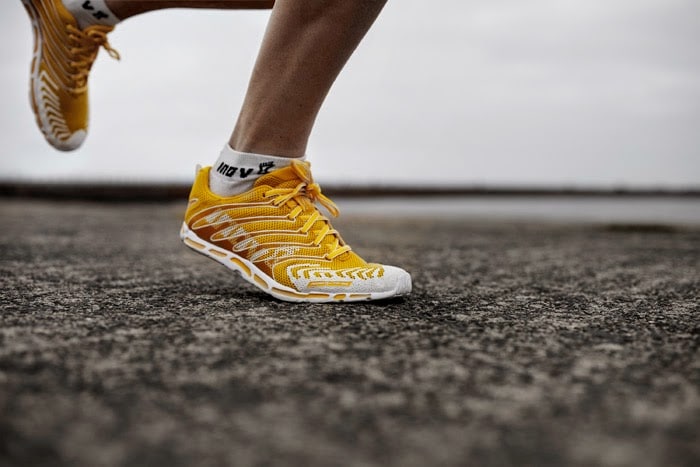The Role of Physical Therapy in Orthopedic Rehabilitation: A Guide to Successful Recovery
Introduction
Physical therapy is critical in ensuring a successful and effective rehabilitation process following orthopedic injuries or procedures. Understanding the importance of physiotherapy or Physical therapy in orthopedic recovery is essential whether you’re an athlete looking to get back in the game or an individual looking to restore your mobility. In this comprehensive guide, we’ll look at the critical role physical therapy plays in orthopedic rehabilitation and how it can help you reach your health goals.
Orthopedic Rehabilitation Foundation
Orthopedic problems can have a substantial influence on your daily life, ranging from fractures to joint replacements. Physical therapy is the foundation of orthopedic rehabilitation, assisting you in regaining mobility, strength, and usefulness. This particular type of therapy is targeted to your specific injury, condition, and personal goals, resulting in a personalized approach to your healing journey.

Physical Therapy’s Benefits in Orthopedic Rehabilitation
- Pain Management:
- Orthopedic injuries frequently cause varied degrees of pain. Physical therapists use specific approaches to relieve pain and suffering, allowing you to move more comfortably and enabling faster healing.
- Restoration of Mobility:
- Limited mobility is a common side effect of orthopedic problems. Physical therapy uses exercises and stretches to enhance joint flexibility and muscular strength, allowing you to restore your range of motion.
- Muscle Strengthening:
- Muscle strength is essential for sustaining wounded areas and preventing problems. Physical therapists design customized training routines that gradually improve muscles without putting them under additional strain.
- Functional Independence:
- The ultimate goal of orthopedic therapy is to recover your independence in doing daily tasks. Physical therapy focuses on strengthening your functional skills, allowing you to confidently resume your daily routine.
- Personalized Approach:
- Each person’s orthopedic issue is unique. Physical therapists thoroughly analyze your condition and provide a unique treatment plan that matches your specific needs and goals.
The Rehabilitation Process
- Assessment:
- Your journey begins with a complete assessment of your condition, medical history, and objectives. This examination serves as the foundation for developing a customized rehabilitation strategy.
- Customized Exercises:
- Physical therapists create a program of exercises and stretches that are unique to your injury or operation site. These exercises are modified as you advance to ensure consistent improvement.
- Progress Tracking:
- Regular follow-up meetings allow your therapist to monitor your progress, make necessary adjustments to your treatment plan, and celebrate your accomplishments.
- Education: Physical therapists educate you about your condition, body mechanics, and ways for preventing future injuries in addition to in-session exercises. This understanding enables you to take an active role in your recovery.
Conclusion
Physical therapy is unquestionably an important component of orthopedic rehabilitation. It is an important aspect in guaranteeing a good recovery because of its tailored approach, pain management strategies, and emphasis on functional independence. By working with skilled physical therapists, you’re putting yourself on the path to regaining mobility, strength, and a higher quality of life. Remember that each step you take toward recovery puts you closer to reclaiming control over your health.
If you’re ready to begin your orthopedic rehabilitation journey, please contact OrthoSports to speak with a member of our devoted staff of expert physical therapists. Your road to recovery begins with the correct counsel and support.
Subscribe to get a free e-book
Related Articles

Why Sedentary Behaviour or Sitting Too Much Is Bad For Your Health

3 Best Ways to Address Back Pain, According to Science

Your Children’s Feet, Playing Sports, and Seeing a Podiatrist

Barefoot Running – Back to Basics

4 Effective Ways to Prevent Common Running Injuries

Forefoot Running – The Running Technique Gaining Speed
We are affiliated with best insurance provider


